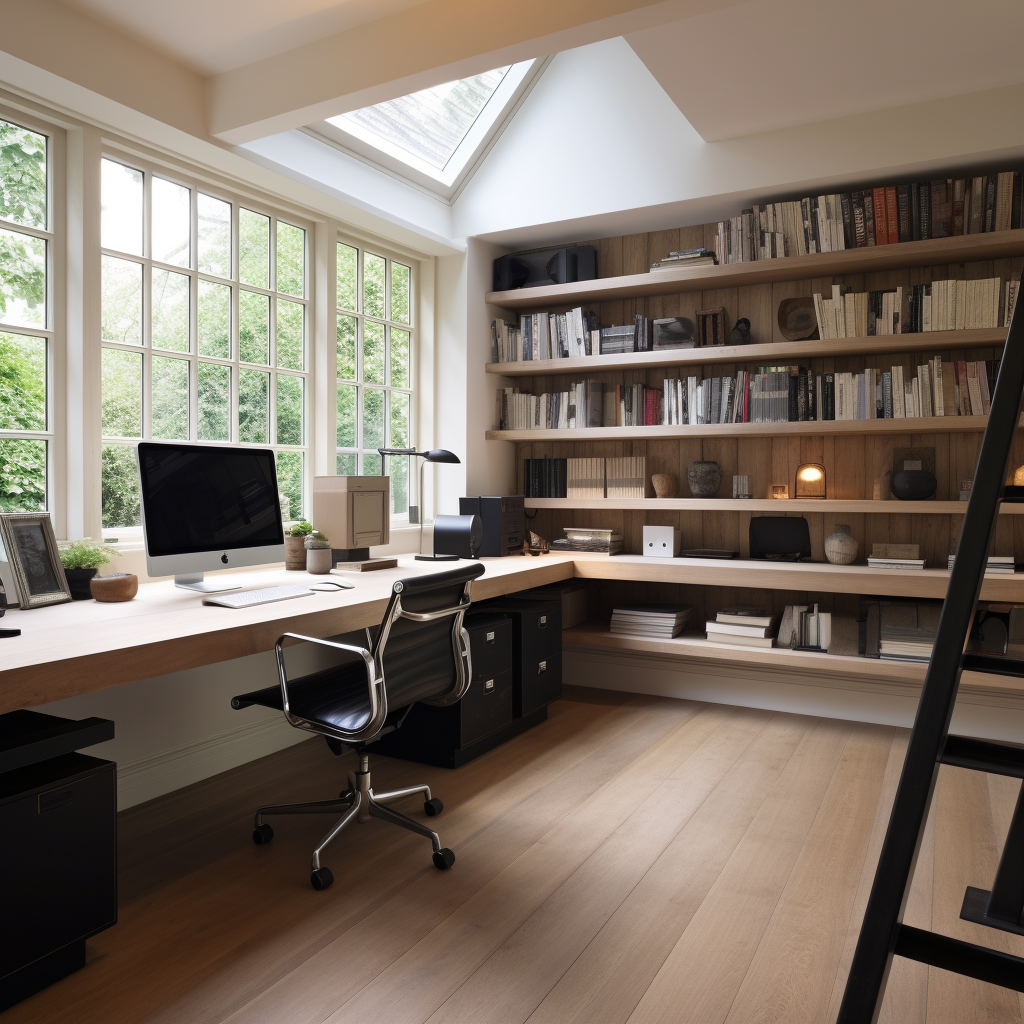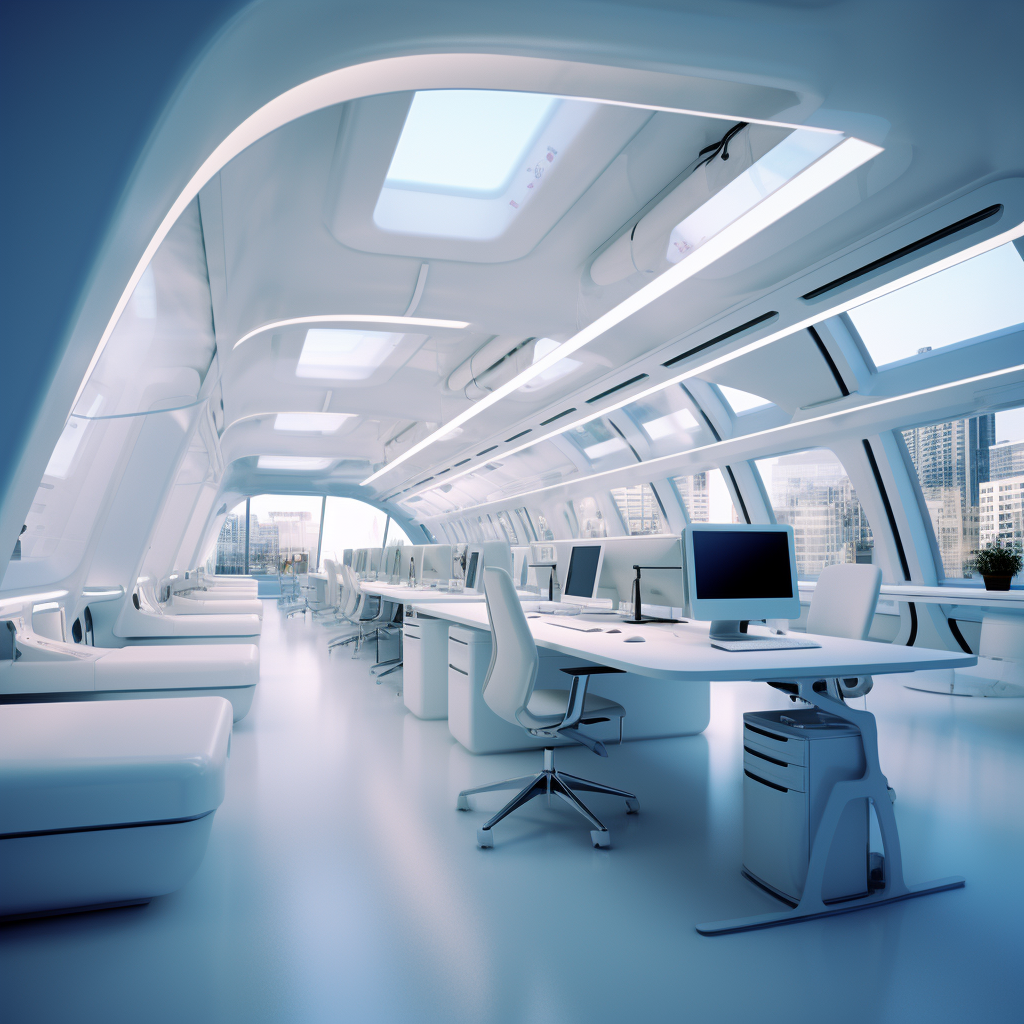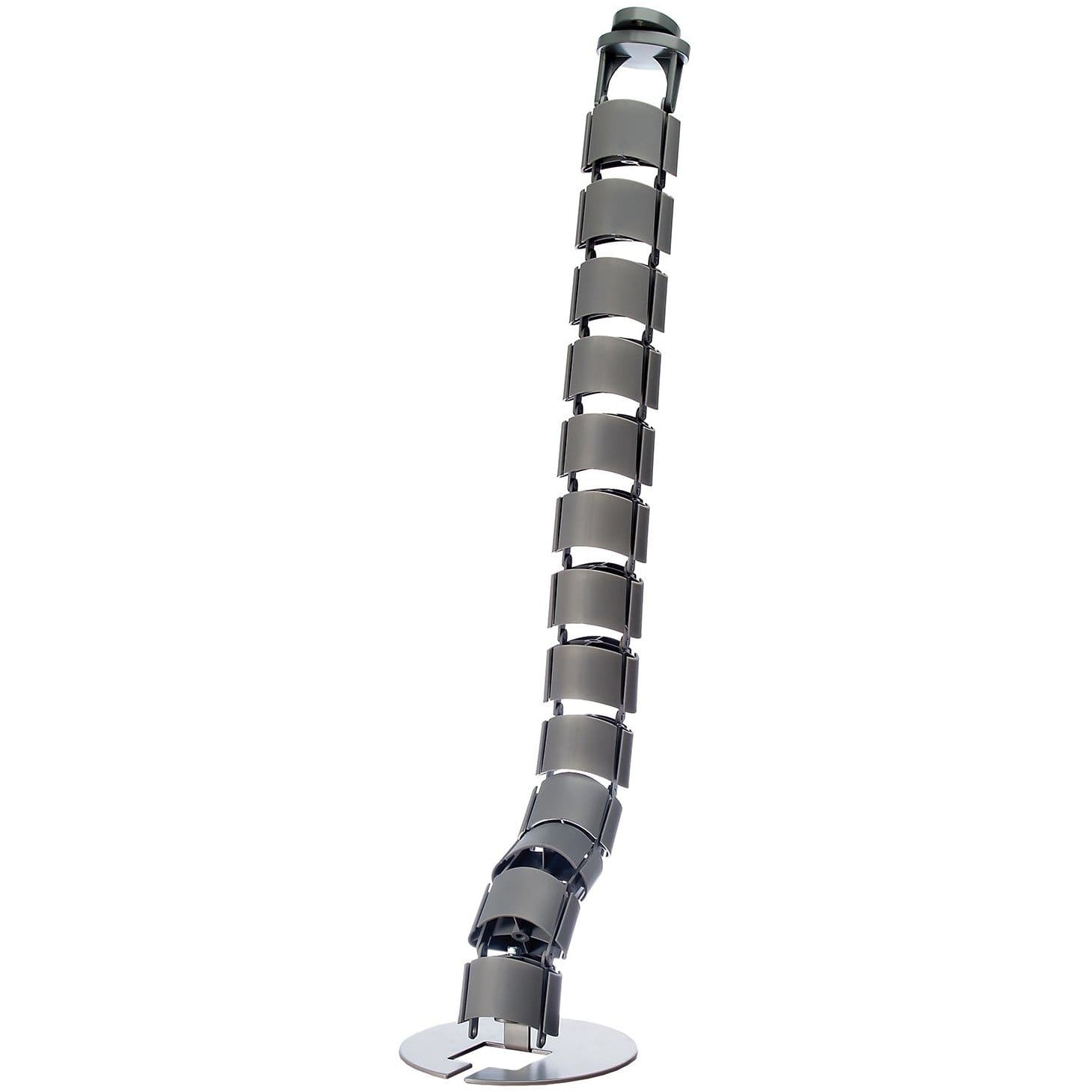
Essential Questions to Ask Before Making a Wholesale Office Furniture Purchase

Buying office furniture in bulk is a significant investment. This decision impacts not only your budget but also the productivity and well-being of your employees. To ensure you make the right choices, consider asking the following essential questions before making a wholesale office furniture purchase.
What is the Budget?
The first and most important consideration is your budget. It sets the framework for what types of furniture you can afford. Always aim for the best quality within your budget to ensure durability and longevity.
What are the Office Dimensions?
Accurately assessing the dimensions of your office is a foundational step in making a wholesale furniture purchase. This goes beyond merely ensuring that the furniture fits within your office space. Proper space planning takes into account a host of factors, including workflow, employee comfort, and the efficient use of space.
Layout considerations are equally critical. Are you planning on open spaces to foster collaboration, or are individual cubicles more aligned with your workflow? How you answer these questions will influence the kinds of furniture you choose and how they're arranged. For example, open spaces might benefit from bench-style desks and communal areas, while a more segmented setup might require individual workstations with more storage options.
Now, if all of this seems daunting, you're not alone, and that's where specialized services offered by some furniture sellers can be invaluable. Many vendors provide office planning services, often utilizing advanced software to model potential layouts. They can guide you through all these considerations, helping you visualize how the furniture will fit and function in your space. These experts can integrate your floor plan, requirements, and constraints to create an optimized, functional layout.
Taking a comprehensive approach to understanding the dimensions of your office ensures that you don't just fill your space but make the most effective use of it. This upfront effort will help ensure that your investment is not only aesthetically pleasing but also contributes to an efficient and productive work environment.
Is it Ergonomic?
Prioritizing ergonomics when selecting office furniture is not merely a trend but a necessity for fostering a healthy work environment. Ergonomic furniture is designed to support the user's body in the most natural way possible, minimizing the risk of strain or injury over extended periods of use. This is crucial for the modern office, where employees often spend long hours at their desks.
When looking at ergonomic features, one of the first things to consider is adjustability. Chairs with adjustable height, armrests, and lumbar support allow individual users to customize their seating for maximum comfort. Desks that can be adjusted for height can provide employees with the option to alternate between sitting and standing, thus reducing the risk of sedentary lifestyle-related issues.
Seat depth and width are also vital ergonomic factors. A seat that is too shallow or too deep can lead to poor posture, while one that is too narrow or too wide won't provide proper support. Look for chairs with seat dimensions that cater to a range of body types.
Material and padding are another concern. A chair should have enough cushioning to be comfortable but not so much that it lacks firm support. Breathable materials are also a plus, especially for those who spend long periods sitting.
What is the Warranty?
Always check the warranty that comes with your furniture. The terms can vary widely, and understanding them upfront can save a lot of hassle and money down the line.
What's the Assembly Situation?
The assembly of your office furniture can often be overlooked, but it's a crucial factor that impacts both your timeline and budget. Furniture can either arrive pre-assembled or require assembly on-site, each with its own set of pros and cons.
Pre-assembled furniture generally saves you time and effort, as it arrives ready to be placed in its designated area. However, transporting larger, pre-assembled pieces might be challenging in terms of logistics and could incur higher shipping costs.
On the other hand, flat-packed furniture, which requires assembly, is easier to transport and may reduce shipping costs. However, you'll need to account for the time it will take to put everything together. Depending on the complexity, you may even need to hire a professional, which adds to the overall cost.
It's also worth noting that some sellers offer delivery and installation services, either included in the price or for an additional fee. This can be a convenient option, especially for larger setups where assembling multiple pieces of furniture could become overwhelming. These services can save you the hassle of coordinating with third-party assemblers or spending your own time on assembly, allowing you to focus on your business operations.
Understanding the assembly situation fully allows you to plan more effectively. Knowing whether you'll need additional tools, manpower, or professional assistance can help you avoid unexpected setbacks and make your furniture investment truly worthwhile.
What are the Delivery Times?
Knowing when your furniture will arrive helps you plan other aspects of your office setup, including any downtime that might occur due to assembly.
What is the Material?
The material composition of your office furniture has far-reaching implications, affecting aesthetics, durability, and even the cost of the items. When considering desks, it's worth noting that the vast majority are made from Melamine Faced Chipboard (MFC) coupled with metal framing. While hardwoods are known for their durability, they are seldom used in modern office furniture due to cost and other considerations.
MFC is a commonly used material because it offers a balance between cost-effectiveness and functionality. This type of chipboard is coated with a melamine resin, providing a smooth finish that can mimic the appearance of wood or other textures. MFC is generally easy to clean and maintain, which is a significant advantage in a busy office environment. However, it's worth noting that MFC can be less durable than solid wood and might be more susceptible to chipping or denting over time.
Metal framing, often made of steel or aluminum, provides the structural integrity for many office desks. These materials are highly durable and resistant to wear and tear, making them suitable for long-term use.
While it's rare, some desks do feature wooden legs or framing, often as a design choice. Although wood is generally more expensive, it can lend a timeless, classic feel to the office environment. It's essential to remember that wooden components can be more susceptible to scratches, dents, and water damage unless they are adequately treated and maintained.
The material also affects the environmental impact of your furniture. Many manufacturers now offer eco-friendly options, such as furniture made from recycled or sustainable materials. If sustainability is an important consideration for your company, look for certifications like the Forest Stewardship Council (FSC) for wood or GREENGUARD for low chemical emissions.
Beyond desks, think about the materials for other pieces of furniture, like chairs or storage cabinets. Chairs often come in a range of materials, from mesh and fabric to leather and synthetic alternatives, each with its own set of pros and cons in terms of comfort, durability, and ease of cleaning.
In summary, when selecting material for your office furniture, consider how it will impact cost, durability, appearance, maintenance, and even your company's environmental footprint.
How Easy is it to Clean?
The cleanliness of an office environment plays a crucial role in employee well-being and can even affect productivity. Office furniture is subject to daily use, occasional spills, and the gradual accumulation of dust and grime. Therefore, it's important to consider how easy it will be to maintain your furniture in the long term.
Materials like leather and vinyl are generally easy to wipe down and sanitize, making them suitable for high-traffic areas or places where spills are likely. On the other hand, materials like fabric may offer a more comfortable seating experience but could be harder to clean and maintain.
Some furniture features can also make cleaning easier. For example, chairs with removable and washable cushion covers offer an advantage in terms of maintenance. Likewise, desks with smooth, non-porous surfaces are usually easier to clean than those with textured or intricate designs.
If you’re in a specialized setting like a medical office, where sanitation is a top priority, you may also need to consider furniture that is specifically designed to be disinfected easily. In such cases, you may want to consult with experts in healthcare furnishings to ensure you're meeting all the necessary guidelines for cleanliness and safety.
Durability plays a role here too. Some materials may be easy to clean but wear down quickly, requiring replacement or repair. So when considering ease of cleaning, also think about the longevity of the material under repeated cleaning cycles.
Before making your purchase, ask the vendor about the recommended cleaning procedures for the furniture. This information can help you assess whether your existing cleaning supplies and protocols are up to the task or if you'll need specialized products.
Choosing furniture that is easy to clean not only helps in maintaining a healthy and appealing work environment but also extends the lifespan of your investment, providing better value for your money.
What Are the Payment Terms?
Before making a purchase, understand the payment terms. Are there options for financing? Is a deposit required? Knowing this information upfront can help you manage your budget more effectively.
Have You Checked Reviews or Asked for References?
Customer reviews and references can provide valuable insights into the quality of the furniture and the reputation of the manufacturer or supplier.
Have You Seen It in Person?
If possible, inspect the furniture in a showroom or in person before purchasing. Photos and descriptions online can be misleading.
By asking these questions, you're setting the stage for a successful bulk purchase of office furniture. The right choices can improve employee satisfaction, boost productivity, and contribute to a more effective work environment.









